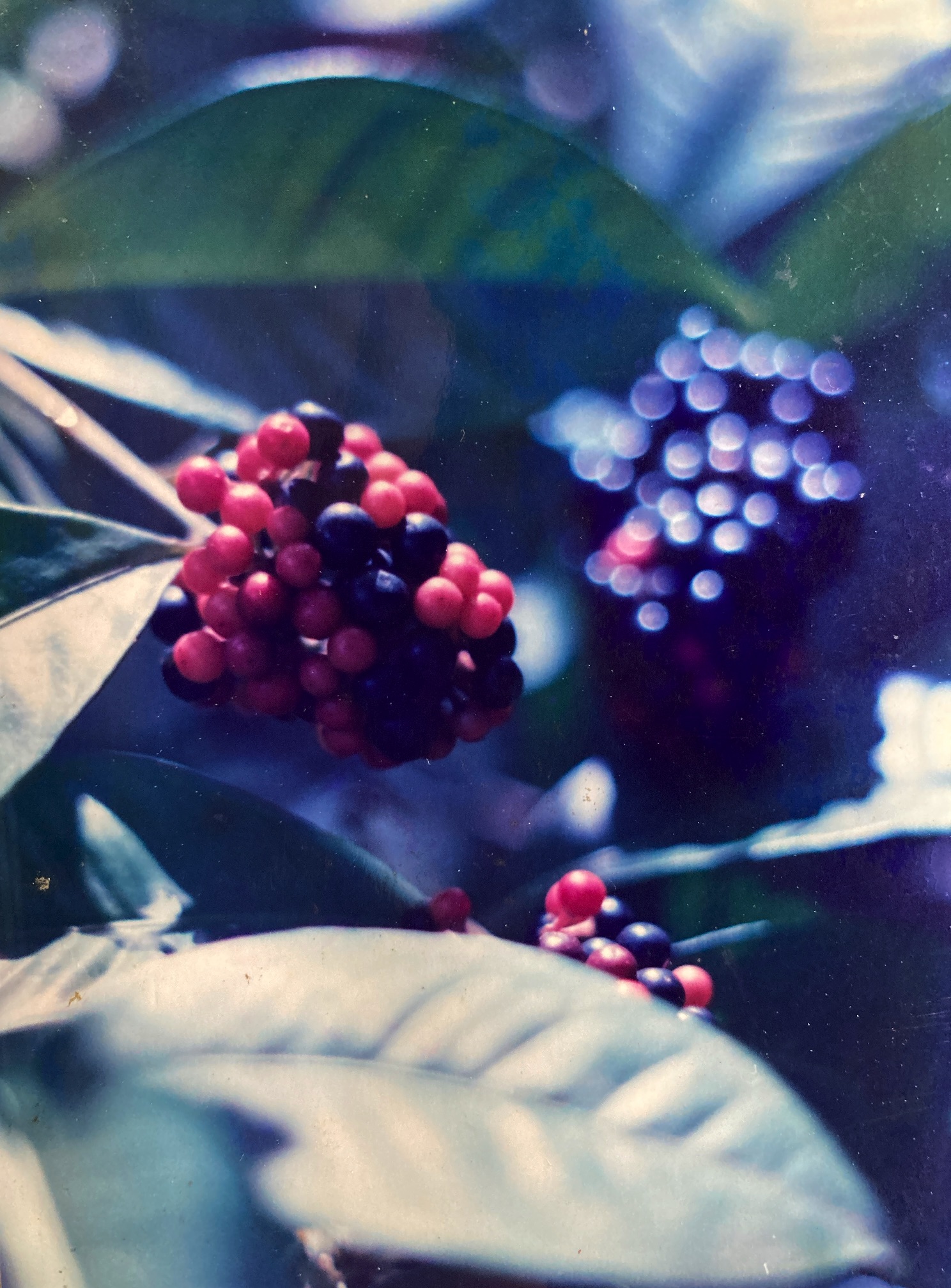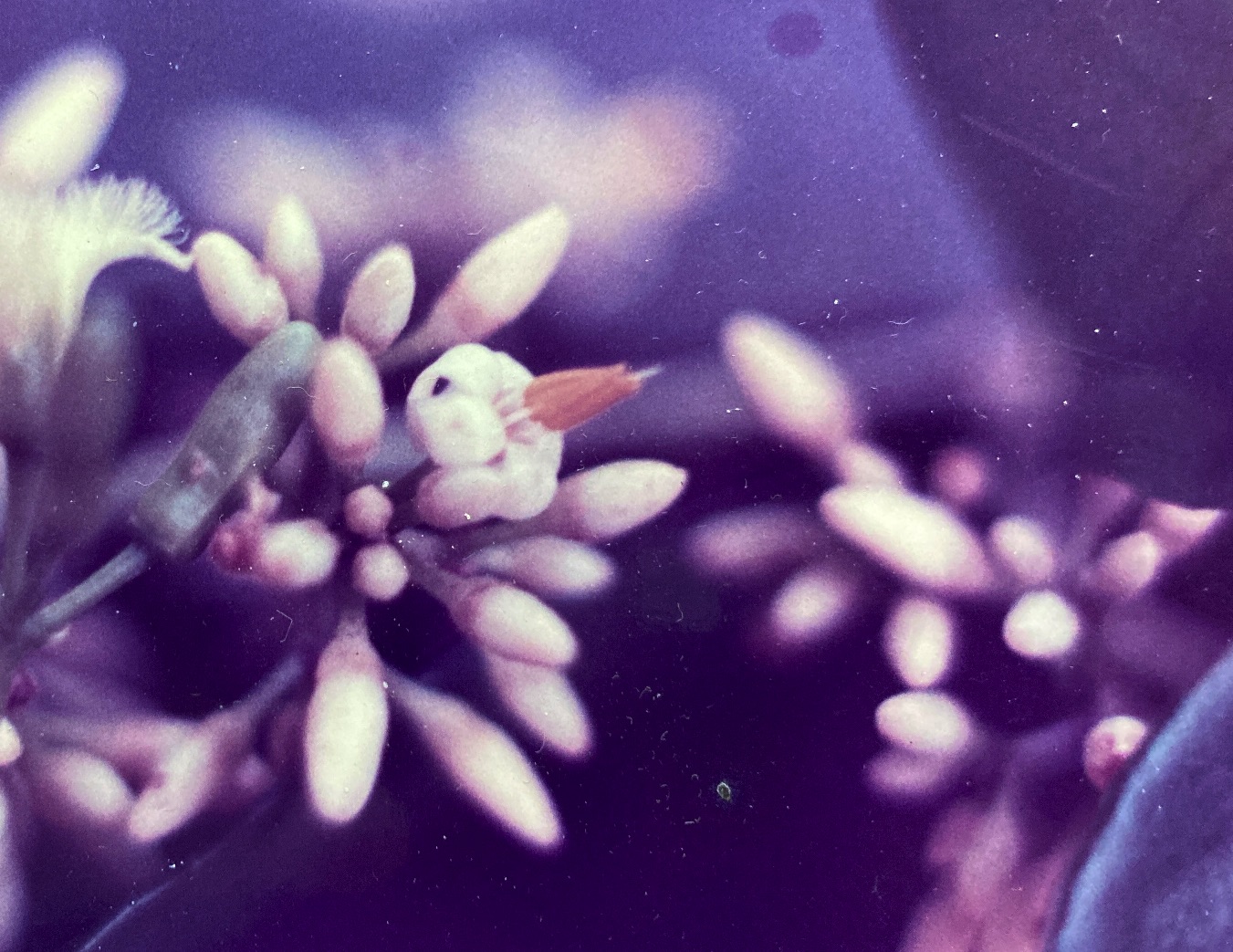Ardisia compressa Kunth
TUCUICO
Common evergreen shrub or treelet (1-4 m) frequently found growing amid the vegetated fringe of the sandy beach or in the better soils immediately above the rocky coastline (rarely, as a ground-layer component of the primary forest). Ardisia is memorable for the large, eye-catching bunches of red and black fruits that persist in its branches for many months at a time.

Description: A shrub or treelet, Ardisia‘s trunk seldom exceeds a few centimeters in diameter. When growing where light is abundant, these trees branch profusely and generate low, dense crowns of fine twigs and dark leaves. In deep forest situations, Ardisia becomes spindly and lean, with few branches, little foliage, and an extremely open crown. Leaves (13 cm by 5.5 cm) are simple, alternate, dark green and glossy. The smooth, elliptically shaped blades are supported by short (0.5 cm) petioles and end in small drip-tips. Flowers occur in dense terminal and subterminal panicles from February though June. Each blossom (0.8 cm) has five white petals that curl backwards, touching the small, five-pointed calyx. A standing cluster of five stamens with loud, yellow anthers, protrudes from the flower’s center and surrounds a thin white pistil. Fruits (0.8 cm) begin as red or pink spherical berries growing from the old flower panicles in large, conical clusters. Maturing black or deep purple, each contains a thin layer of (staining) juicy pulp surrounding a single, round seed (0.5 cm). Harvests last from May through September, though some (well insolated) individuals may persist with fruits into December.
Similar Species: Ardisia shares the major characteristics of its unremarkable foliage with myriad other Manuel Antonio National Park (MANP) plants. To identify this species, look for the unique flowers or fruits that it bears between January and September. If these are not present, note Ardisia‘s (nearly exclusively) coastal habitat as well as its shrubby, low growth form.
Natural History: Ardisia flowers are pollenated by bees and insects while its fruits are sought by birds (like the Smooth-billed Ani) and small, arboreal mammals.
Uses: The fruits of this species are reported to be edible and their juice has been used to make a lilac-colored dye (Sanchez, 1983).
Distribution: In MANP, Ardisia is generally restricted to the coastal margin, frequenting the sandy soils behind the beaches as well as the forest edge along the rocky coast. Occasional, primary forest treelets are found. It ranges from Mexico to northern South America and the Antilles.

